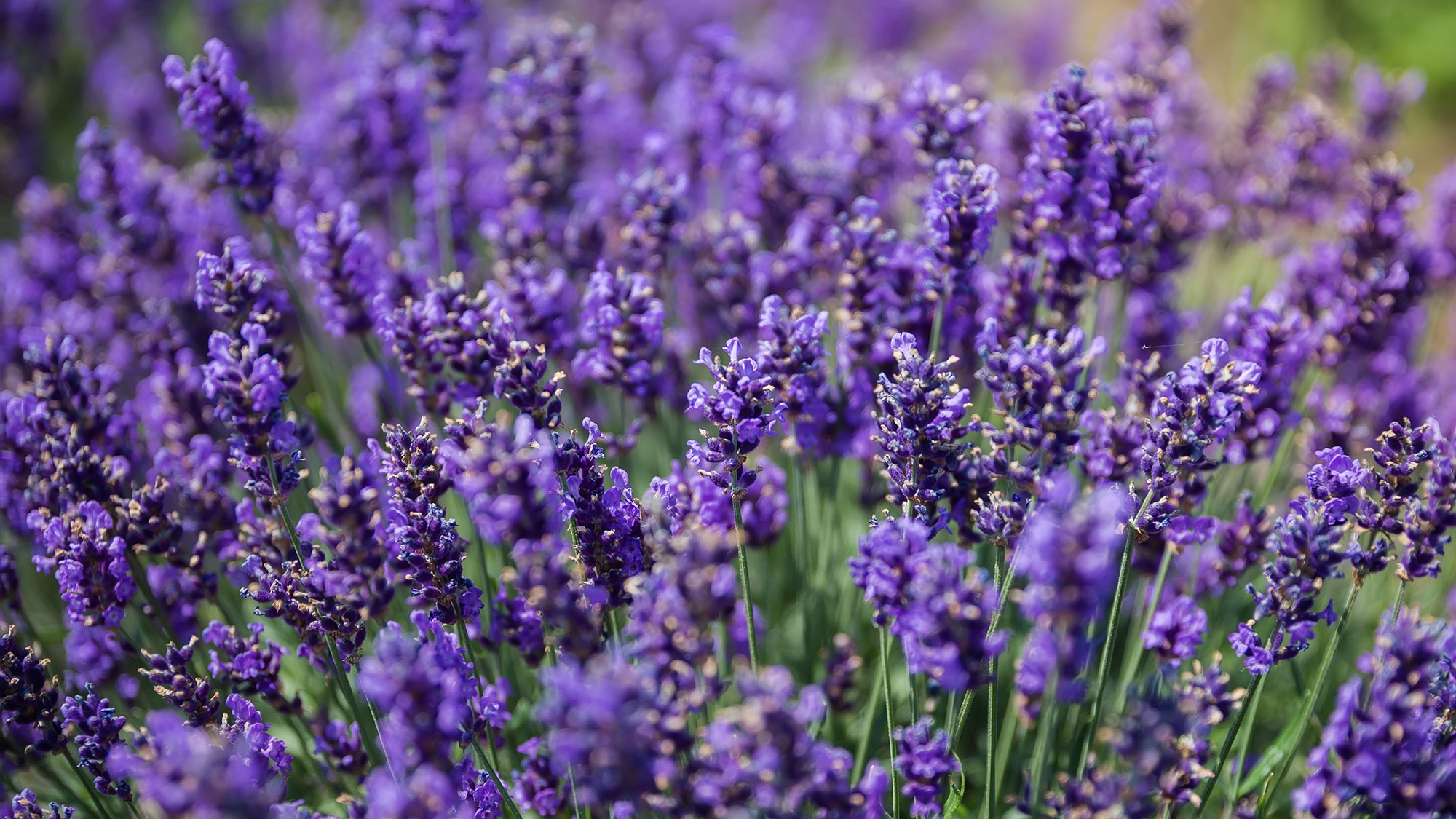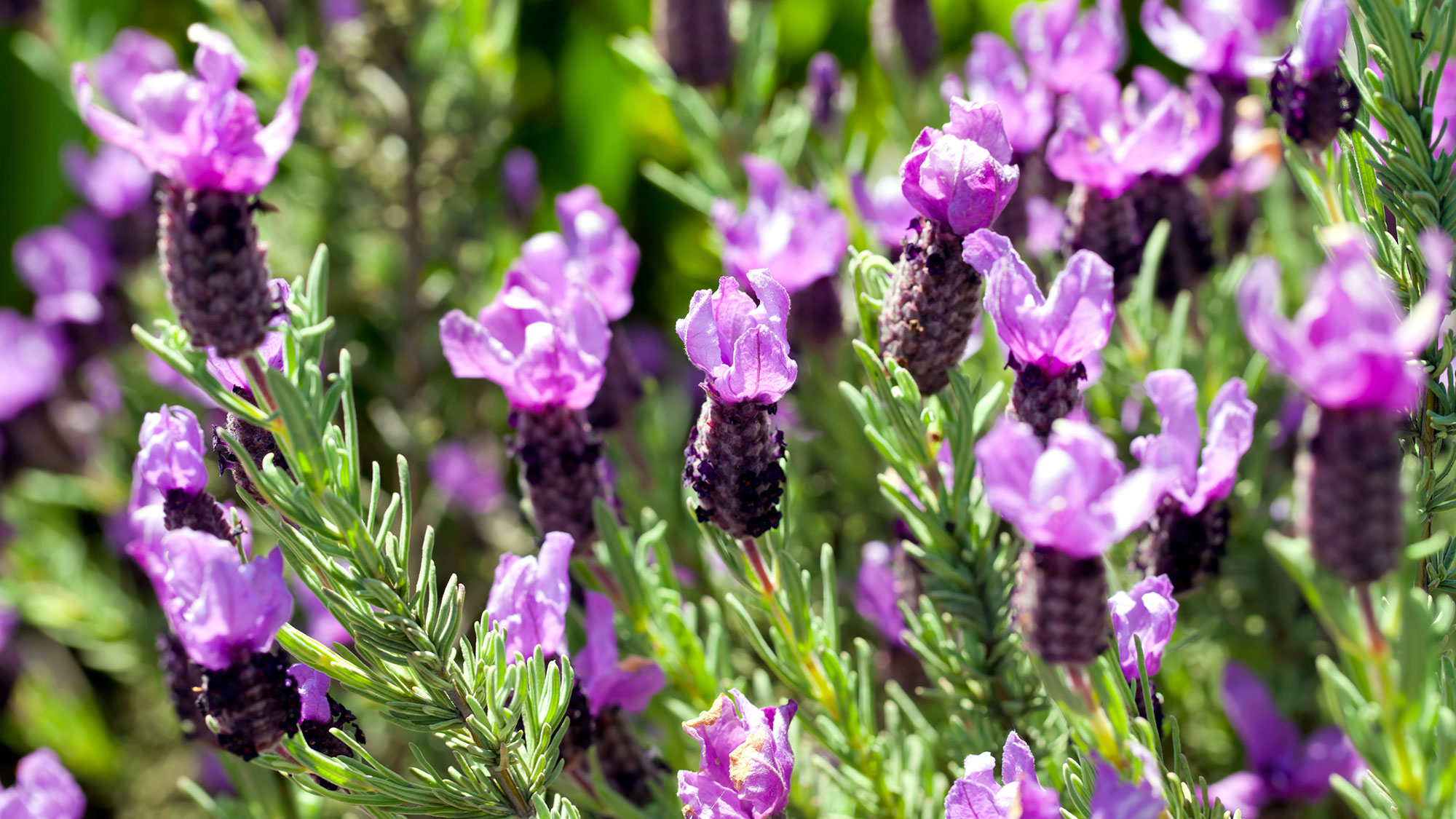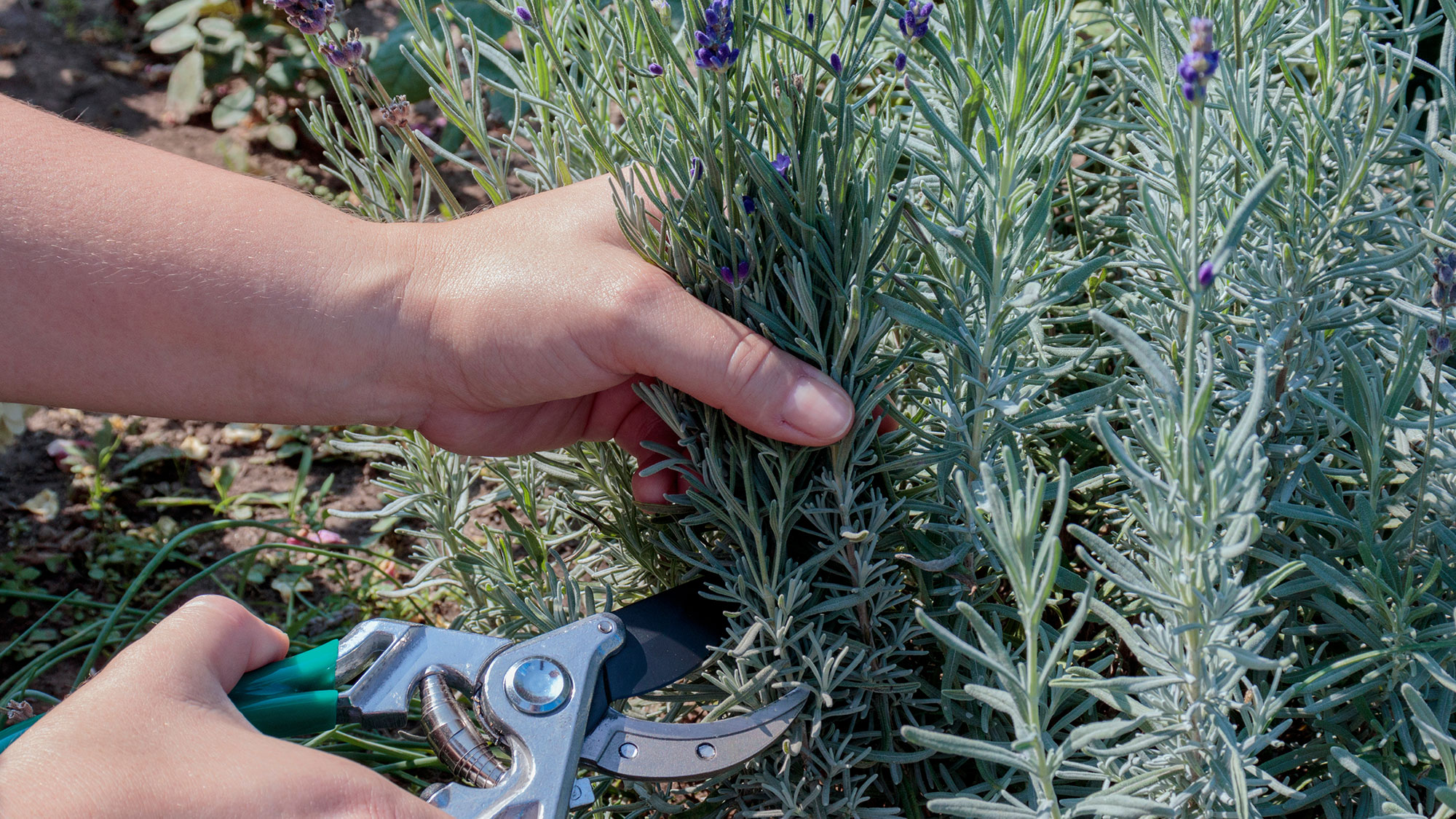How and when to prune every type of lavender, according to an expert
Get the most out of your lavender

Lavender is a shrub that keeps on giving. It’s a popular choice not only for its fragrant, colourful blooms, ranging from soft lilacs to deep purples, but because it’s loved by pollinators and attracts beneficial insects like bees and butterflies.
David Denyer, a flower expert at Eflorist, describes lavender as a garden workhorse and one of the best pest-resistant plants for a bug-free yard. But lavender also has the added benefit of being low-maintenance — it’s no wonder it’s a much-loved ornamental plant that appears in many yards.
However, although it grows well without too much intervention, it does need pruning to keep it healthy and compact. Here, Denyer shares his top tips on the best way to prune lavender and when to do it. But before you start, ensure your best pruning shears are clean and sharp, to avoid any spread of disease.
When to prune lavender

Denyer explains that there are two schools of thought on the ideal time to prune lavender — it just depends on the variety you have. English lavender and French lavender should be pruned differently, but how can you tell which type you have?
The difference between English and French lavender
Although they both have the familiar lavender color, the difference is in the shape. The flowers of French lavender take a stouter form and have long petals at the tip that look similar to rabbit ears. The flowers of English lavender are more cone-shaped and sit upon a long, thin stem.
There’s also a difference in the planting zones as English lavender is hardy down to zones 4 and 5, whereas French lavender is more comfortable in zones 7 and above. And where English lavender is more fragrant, French lavender blooms for longer.
Get instant access to breaking news, the hottest reviews, great deals and helpful tips.
When to prune English lavender

You can start pruning your lavender this month according to Denyer, who explains, “Late summer to early fall is the prime time for giving your English lavender (Lavandula angustifolia) and Lavandin (Lavandula x intermedia) varieties a good old prune.”
And he says there’s a good reason why these two popular lavender varieties in the U.S. benefit by being pruned at this time, “By pruning about six weeks before the first frost, you encourage bushier growth for the next season. It stimulates new shoots at the base, making your lavender plants fuller and more robust. Plus, by cutting away the spent flower stalks, you’re setting the stage for a burst of blooms next year.”
Apart from encouraging a more robust plant, pruning also helps to create a more defined shape. “Pruning now keeps your lavender neat and compact, preventing that scraggly, woody look that can make your garden appear a little bit unkempt,” he adds.
Felco (F6) bypass pruners: was $65 now $52 @ Amazon These high-quality, Swiss-made pruners have a hardened steel blade capable of cutting 0.8 inches of material. The smooth, red handle is ergonomically designed to provide comfort while cutting. These pruners are ideal for medium-sized hands.
When to prune French lavender

Pruning is a little different if you grow French lavender (Lavandula dentata) and it won’t need pruning at this time of year. “These plants are a bit more delicate and don’t handle harsh winter weather as well,” says Denyer. “So, give them a light trim in early spring, just as you see new growth starting. This gentle pruning removes any winter die-back and helps your lavender grow nice and bushy.”
How to prune lavender

Before pruning your lavender, it’s worth understanding how lavender grows to know which part of the plant you need to prune. Denyer says, “Lavender won’t grow new shoots from old woody stems, so focus your cuts on the green, leafy part of the plant.”
During the main prune, aim to remove about a third of the branch length. If you prefer a nice, rounded shape cut the outer stems a bit shorter than the inner ones while pruning.”
If you’re unsure if a stem is past its best and needs removing, Denyer says you can check whether it’s still flexible, “A bend means it’s alive, while brown, brittle stems are for the compost heap.”
Top tip
Although Denyer advises against cutting into the woody part of the stem, but you can give it a small trim to neaten up the plant.
The benefits of pruning lavender
Pruning lavender has several benefits, which make it well worth the time. It will keep your plants healthy, encourage new growth and flowers, and prevent woody growth that can look unattractive.
Apart from improving the appearance of these fragrant plants, pruning helps extend the life of your lavender by preventing it from becoming unsightly and woody. So, when your lavender starts to become woody, you don't need to dig it up and start anew — it just needs some TLC with your pruning shears.
More from Tom's guide

Camilla is the Homes Staff Writer and covers everything to do with homes and gardens. She has a wealth of editorial experience, mounting over 30 years, and covers news and features, tests products for reviews and compiles buying guides.
Her work has appeared in business and consumer titles, including Ideal Home, Real Homes, House Beautiful, Homebuilding & Renovation, and Kitchen & Bathroom Business. She’s even appeared on the cover of Your Home, writing about her own house renovation.
Although she’s obsessed with decorating her home, she also enjoys baking and trying out the latest kitchen appliances. But when she’s not inside, you’ll find her pottering about in her yard, tending to her vegetable patch or taking in her prized hydrangeas.

